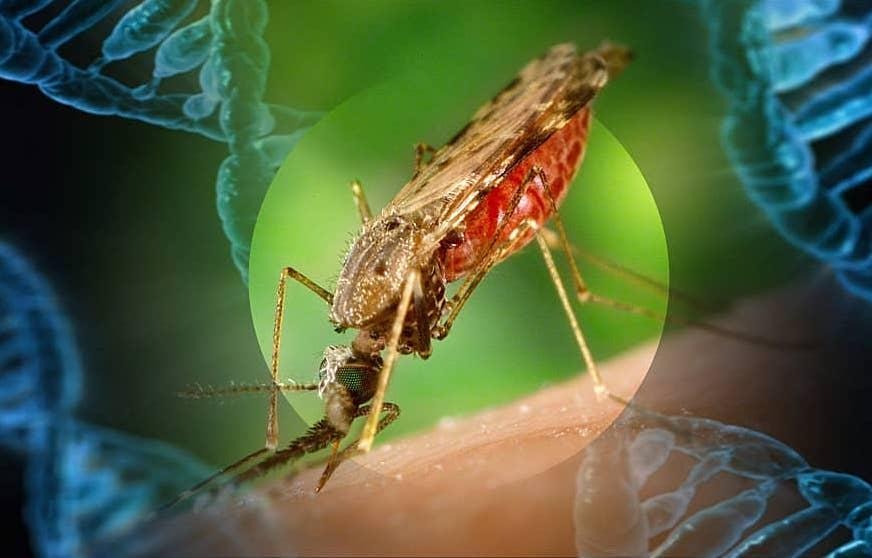Mosquito-Borne Diseases on the Rise: What You Need to Know About West Nile and EEE

As mosquito-borne illnesses continue to increase across the U.S., public health officials are sounding the alarm. Earlier this week, the first person diagnosed with Eastern equine encephalitis (EEE) in New York in nearly a decade passed away from the rare infection. Meanwhile, Los Angeles County reported its first death of 2024 from West Nile virus, and cases of mosquito-borne illnesses are spreading rapidly across the country.
According to the Centers for Disease Control and Prevention (CDC), there have been nearly 750 cases of West Nile virus in 43 states this year, with 515 of those being severe neuroinvasive cases. While most people infected with West Nile recover quickly, around 1 in 150 people can experience severe symptoms, leading to inflammation of the brain or spinal cord. EEE is even more dangerous, with a fatality rate of around 30% for severe cases.
Experts are pointing to climate changes as a major factor in the rise of mosquito populations. Warmer temperatures and changing rainfall patterns create ideal conditions for mosquitoes to thrive in areas that were once inhospitable to them. Small containers of standing water, such as flower pots or toys, provide perfect breeding grounds for mosquitoes.
To protect yourself, the CDC recommends using insect repellent containing DEET, wearing long sleeves and pants, and avoiding outdoor activities during peak mosquito hours at dawn and dusk. Eliminating standing water around your home and ensuring screens are intact on windows and doors can also help reduce your risk.
For more information on how to prevent mosquito-borne illnesses, visit the CDC’s mosquito control page.
